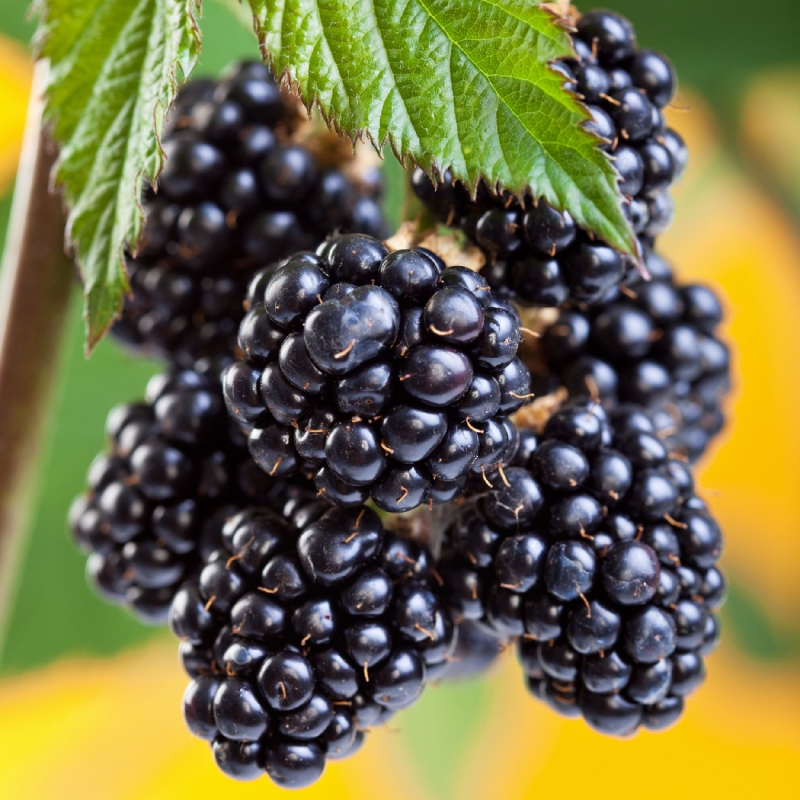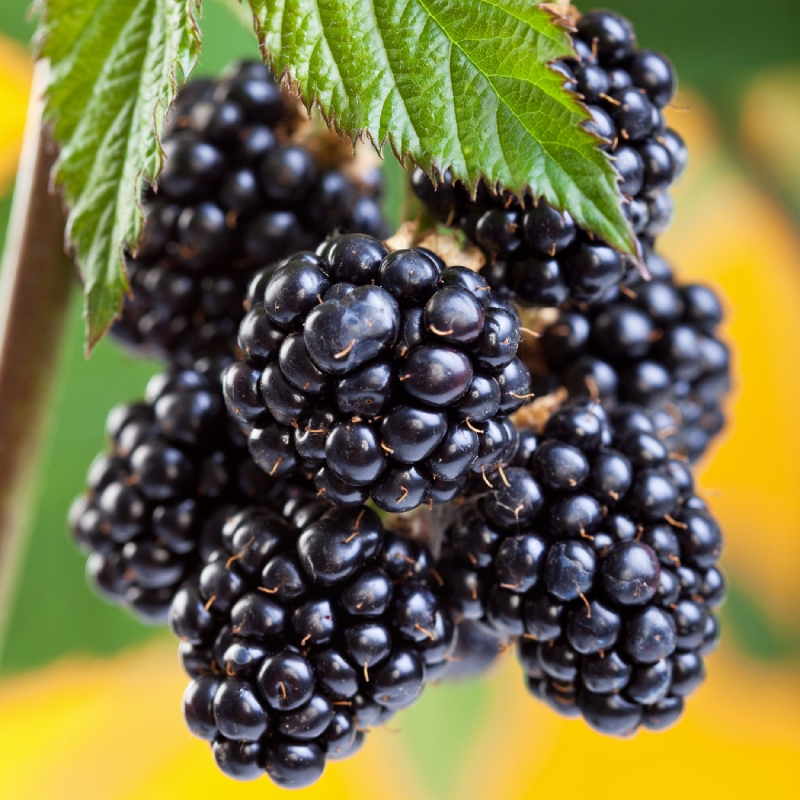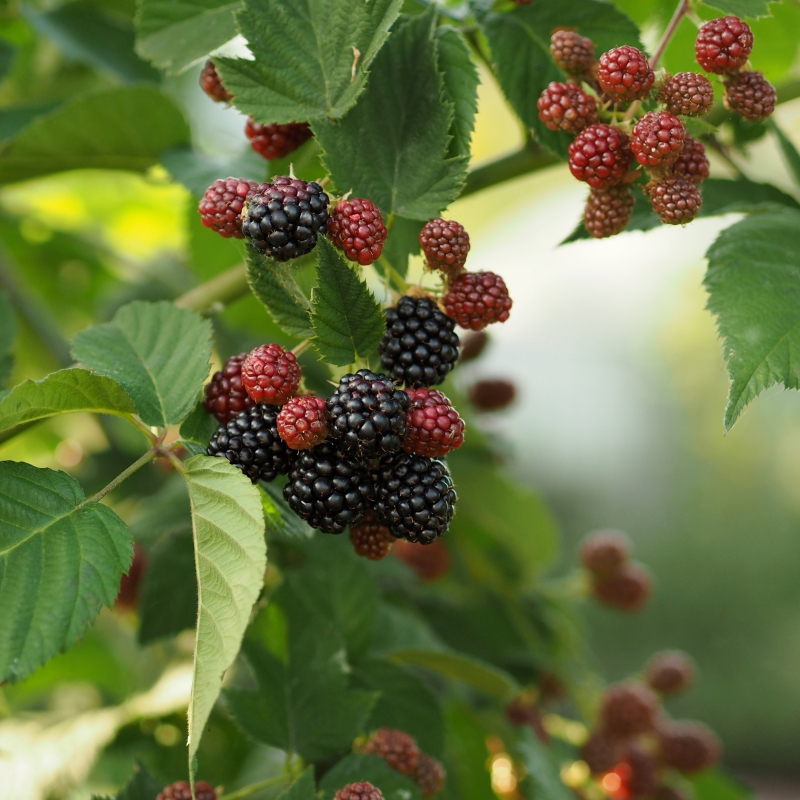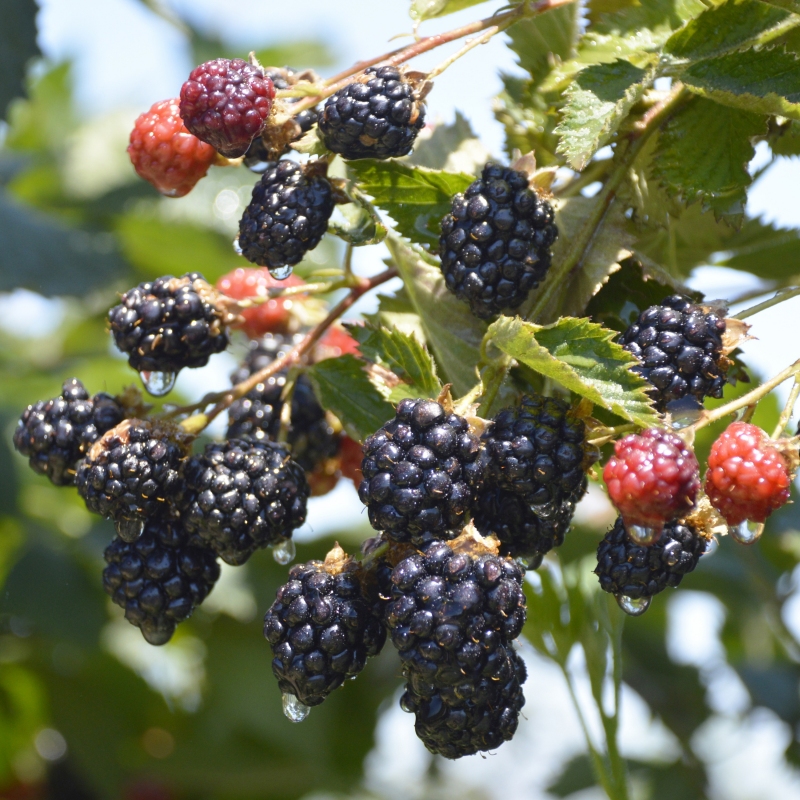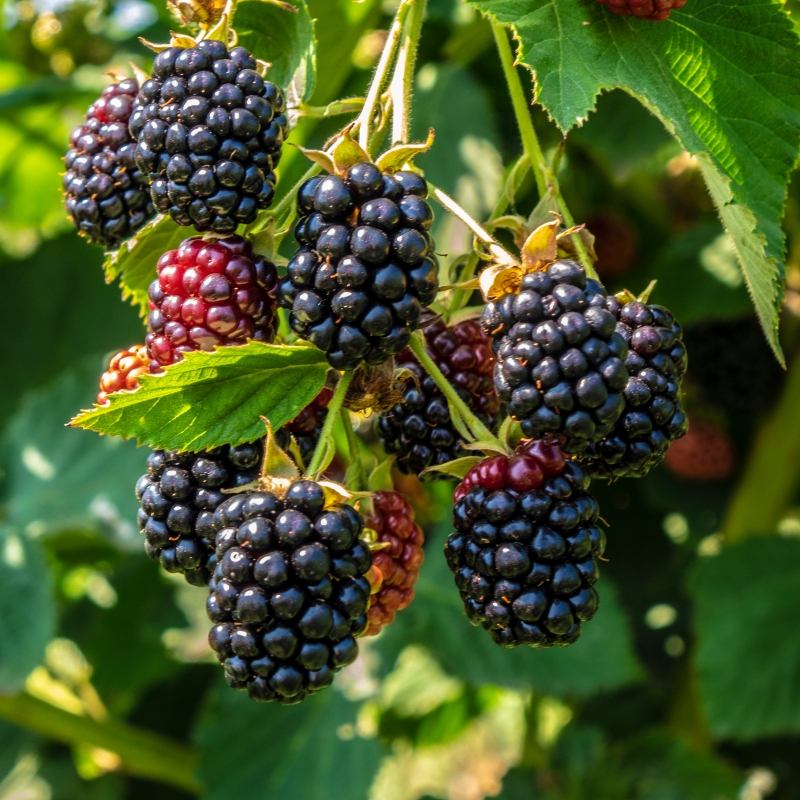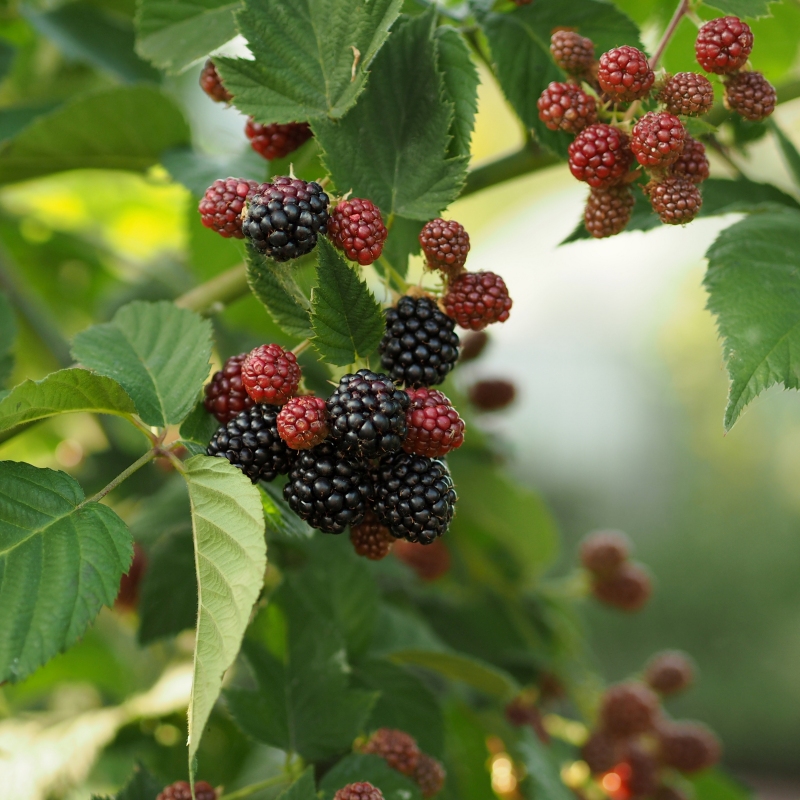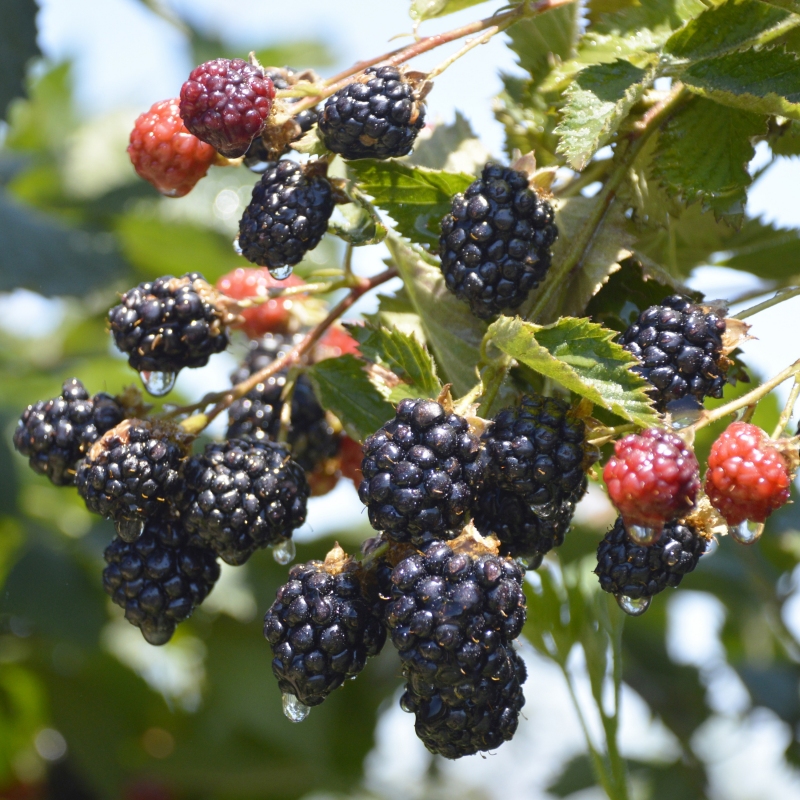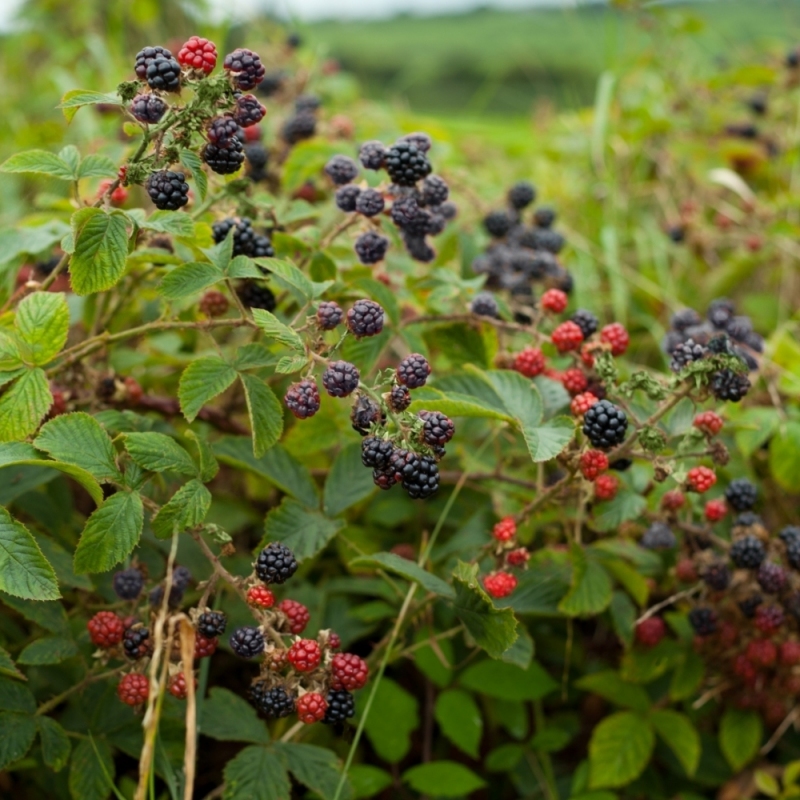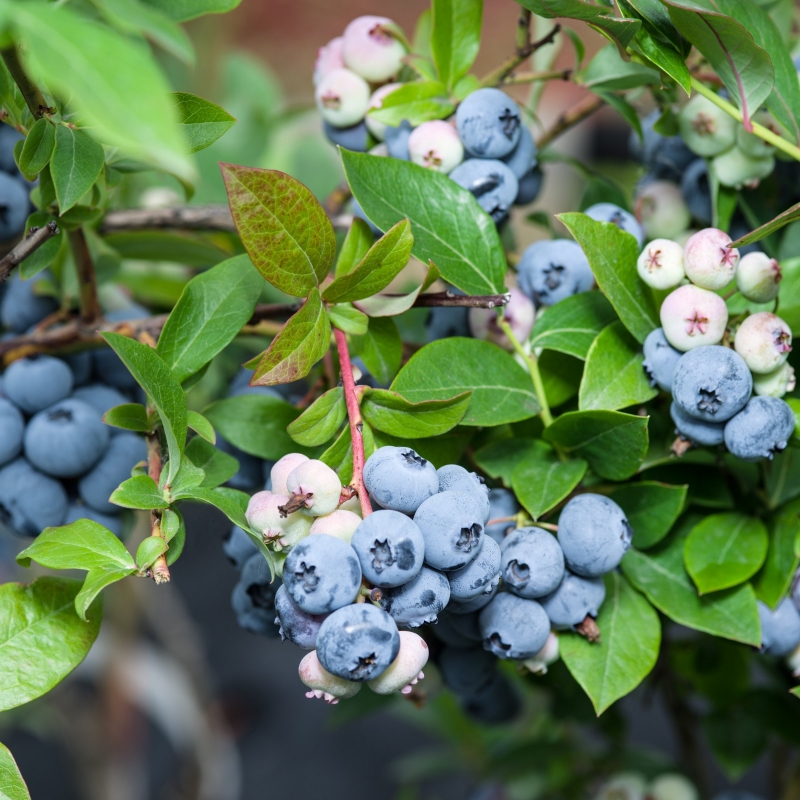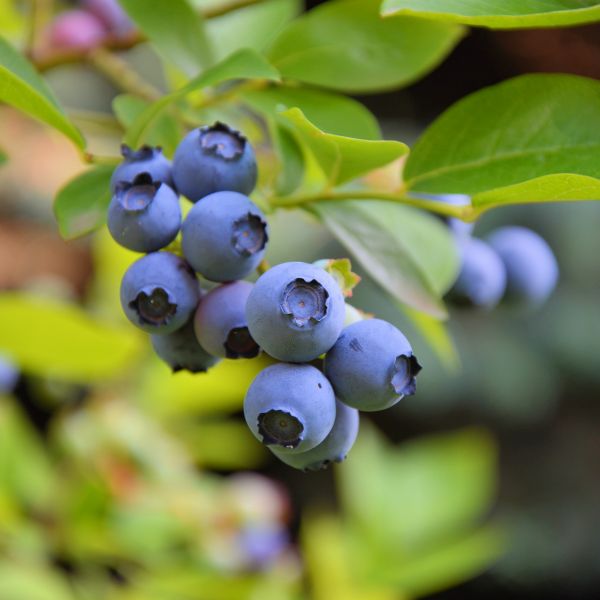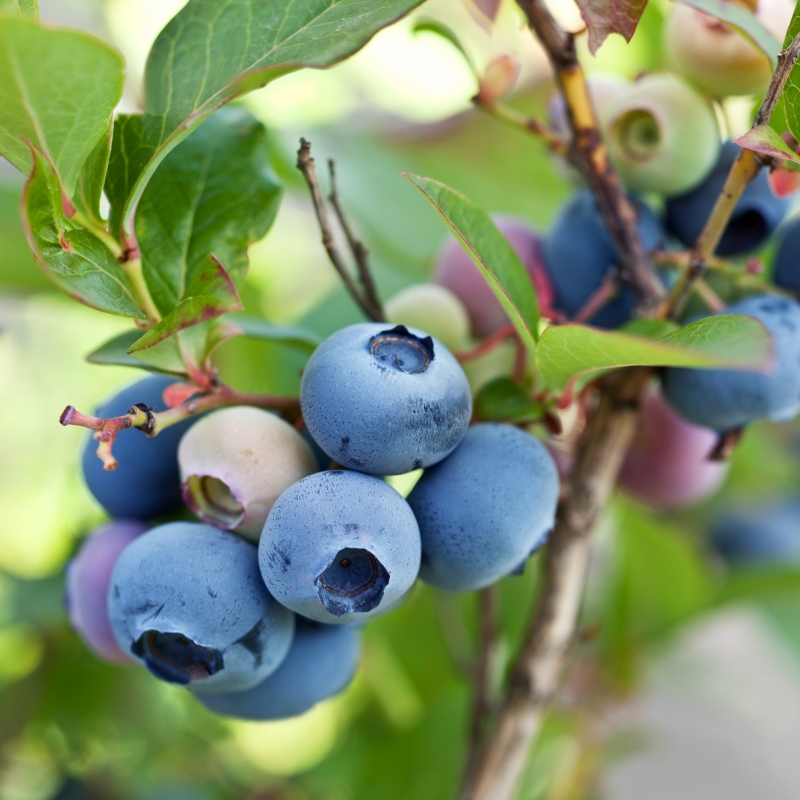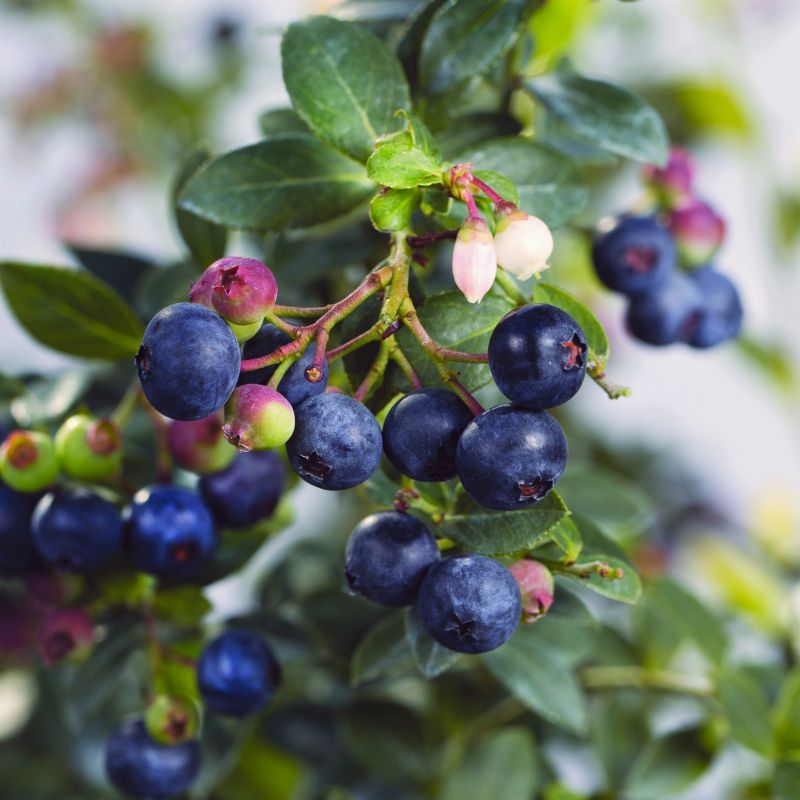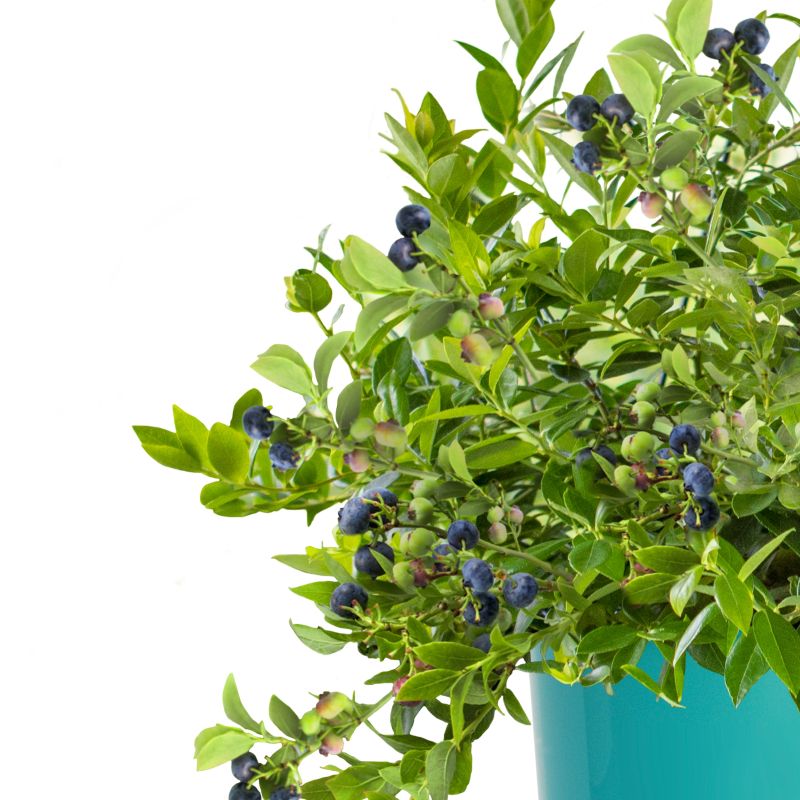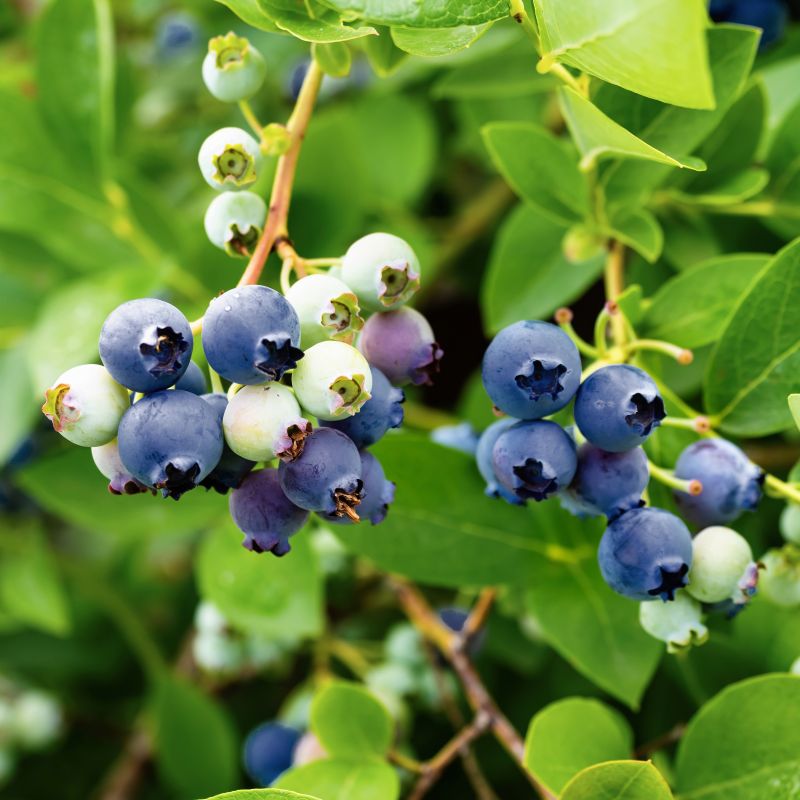

Encore Raspberry
Rubus 'Encore'
16 reviews


Encore Raspberry
Rubus 'Encore'
16 reviews
$0.00
$0.00
30% Off
1 Gallon
We are sorry, product is currently out of stock due to seasonal availability. Please check the "Related plants available in your area" section below
Why Encore Raspberry?
Encore Raspberry is a popular variety of raspberry bush that produces large, firm, and sweet fruit. It is known for its ability to bear fruit twice a year, once in late spring or early summer and again in early fall. This makes it an ideal plant for those who want to enjoy fresh raspberries for a longer period of time. Encore Raspberry is also easy to grow and maintain, making it a great choice for beginners and experienced gardeners alike.
Related plants available in your area
Sunlight
The Encore Raspberry plant requires full sun to partial shade, typically needing a minimum of 6 hours of direct sunlight per day to thrive and produce an abundant harvest.
Watering
Encore Raspberry plants require regular and consistent watering throughout the growing season. They need about 1-1.5 inches of water per week, either through rainfall or irrigation, to ensure the soil remains evenly moist but not waterlogged.
Fertilizing
Encore Raspberry plants require a balanced fertilizer with a ratio of nitrogen, phosphorus, and potassium (NPK) such as 10-10-10 or 14-14-14. Additionally, regular applications of organic matter, such as compost or well-rotted manure, can help promote heal
Achieve Absolute Harmony Between Functionality and Aesthetics With the Encore Raspberry
Whether you have a green thumb that makes you constantly eager to get your hands dirty or have the blackest of thumbs and no clue where or how to start your gardening journey, the Encore Raspberry is still the way to go. It is a simple trick and a brilliant landscape design idea to balance the symbiotic relationship between the functionality of the edible berries and the aesthetic value of the charming blooms.
An adorable and undeniably functional landscape design idea (with good raspberry flavor), the Encore Raspberry (Rubus 'Encore') is your perfect plant if your goal is to grow mouthwatering fresh berries while sparking up your home’s decor. Sweet, firm, and mouthwatering, these wonderful heart-shaped red berries could be enjoyed through fresh eating (a snack available right at your doorstep) canning, or freezing.
If you think the Encore Red Raspberry is all about the delightful deliciousness and the burst of powerful flavors, think again! On top of the long season of harvest, this shrub boasts textured dark green foliage and explodes in a profusion of full-of-grace white blooms in spring, breathing life into a mesmerizing backyard retreat.
Hardy in USDA growing zones 4 to 8, the Encore Raspberry is a multi-stemmed deciduous shrub that shows excellent winter hardiness, reaches a mature size of 5 to 6 feet tall and 3 to 4 feet wide, boasts an upright spreading growth habit, features a medium growth rate, thrives best in full sun, and prefers moderate moisture, well-drained soil.
Gift your outdoor space radiant beauty that brims with energy! Order your Encore Raspberry from ShrubHub today!
Plant Information:
| Botanical Name: | Rubus 'Encore' |
| USDA Zones: | 4-8 |
| Water: | Moderate |
| Exposure: | Full Sun |
| Soil Needs: | Well Drained |
| Mature Height: | 5 - 6 feet |
| Mature Spread: | 3 - 4 feet |






Pollination Info
Pollination Info for Encore Raspberry (Rubus 'Encore')
Encore Raspberry is a self-fertile variety, meaning it can produce fruit without cross-pollination with other raspberry plants.
However, pollinating with other raspberry plants can potentially increase the yield and quality of fruit. Pollinators such as bees and other insects play a vital role in transferring pollen from one flower to another, leading to successful fertilization and fruit development.
For optimal fruit production, it is recommended to plant multiple raspberry varieties that bloom around the same time. This encourages cross-pollination and increases the chances of successful fruiting.
Some recommended raspberry varieties to plant alongside Encore Raspberry for cross-pollination include Amity, Canby, Caroline, and Heritage.
FAQ
Encore Raspberry FAQ:
What is Encore Raspberry?
Encore Raspberry, scientifically known as Rubus 'Encore', is a type of raspberry that produces sweet, juicy fruit during the summer and fall months.
What are the benefits of planting Encore Raspberry?
Encore Raspberry is a great addition to any garden because it is both easy to grow and produces delicious fruit. Additionally, raspberries are rich in antioxidants, vitamin C, and fiber, making them a healthy snack.
What are the ideal growing conditions for Encore Raspberry?
Encore Raspberry plants thrive in well-drained, slightly acidic soil and full sun. They prefer moderate temperatures and moisture, and can be planted in USDA zones 4-8.
How do I care for my Encore Raspberry plants?
Encore Raspberry plants require regular watering and fertilization during the growing season, as well as pruning in the spring to promote healthy growth. They should be protected from pests like aphids and Japanese beetles.
When can I expect fruit from my Encore Raspberry plants?
Encore Raspberry plants typically produce fruit in the summer and fall months, with the first harvest occurring in late July or early August.
How do I harvest Encore Raspberry?
Ripe Encore Raspberry fruit can be gently picked from the plant, ideally in the early morning hours. The fruit should be eaten or refrigerated as soon as possible after harvesting.
Planting & Care
Planting Encore Raspberry
- Choose a sunny location with well-drained soil.
- Dig a hole 2-3 times wider than the root ball and just as deep.
- Place the plant in the hole, backfill with soil and press firmly to remove any air pockets.
- Water the plant deeply.
- Add a layer of mulch around the plant to retain moisture and suppress weeds.
Care for Encore Raspberry
- Water the plant deeply once a week or more often during hot, dry weather.
- Fertilize with a balanced fertilizer in the spring and again in the fall.
- Prune the plant in late winter or early spring by removing any weak or dead canes and cutting back remaining canes to a height of 4-5 feet.
- Train the remaining canes onto a trellis or support system to prevent them from sprawling and to make harvest easier.
- Harvest ripe berries as they become available, usually in late summer or early fall.
Check Out These Verified Customer Reviews:
Customer Reviews
4.7 out of 5 based on 16 reviews
Thank you! Your review has been submitted.
The packaging was secure, and the item arrived in pristine condition. I'm very happy with my purchase.
Item arrived quickly and well-protected.
High quality product at a reasonable price.
Item has been added to your cart.





